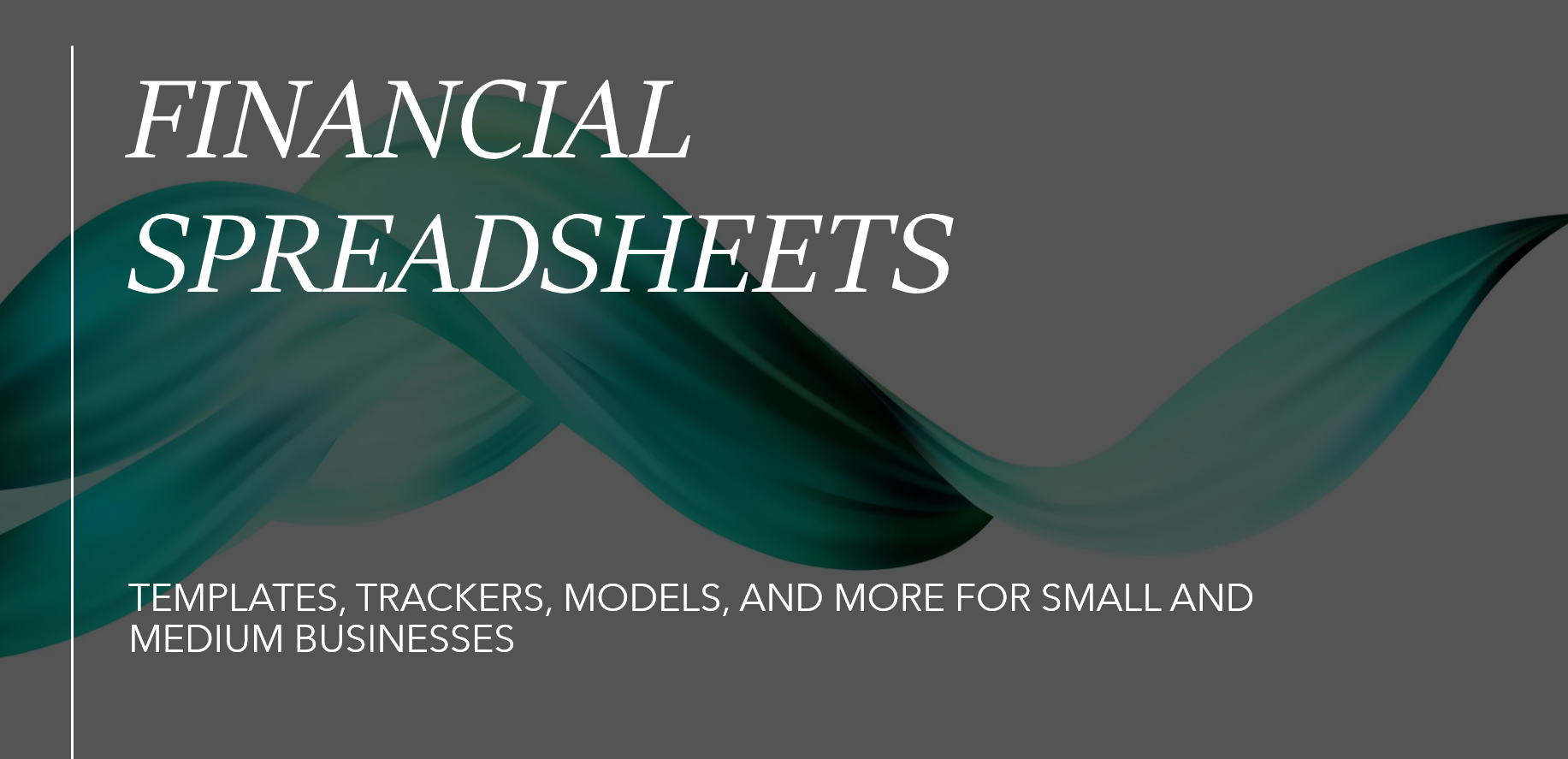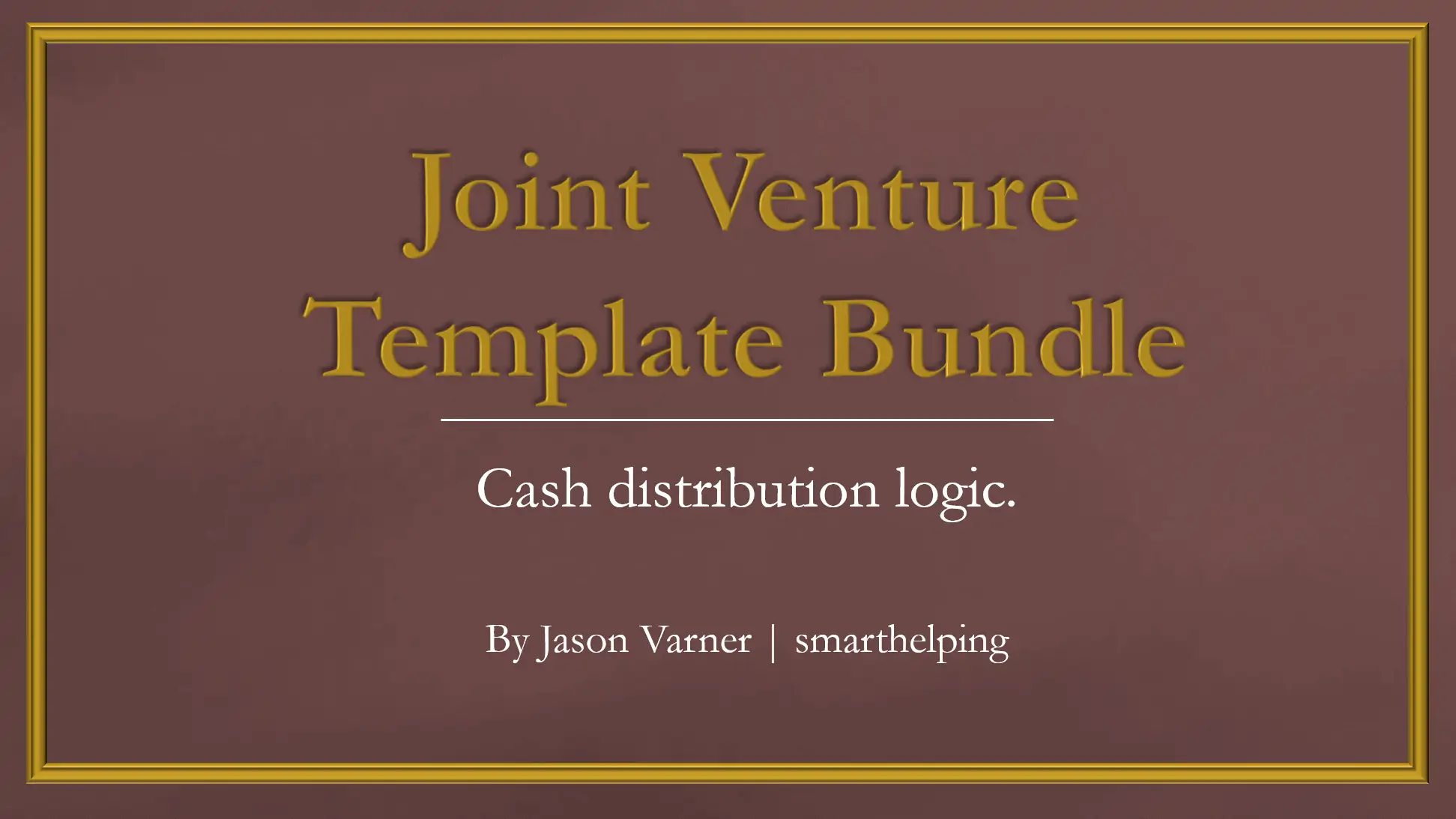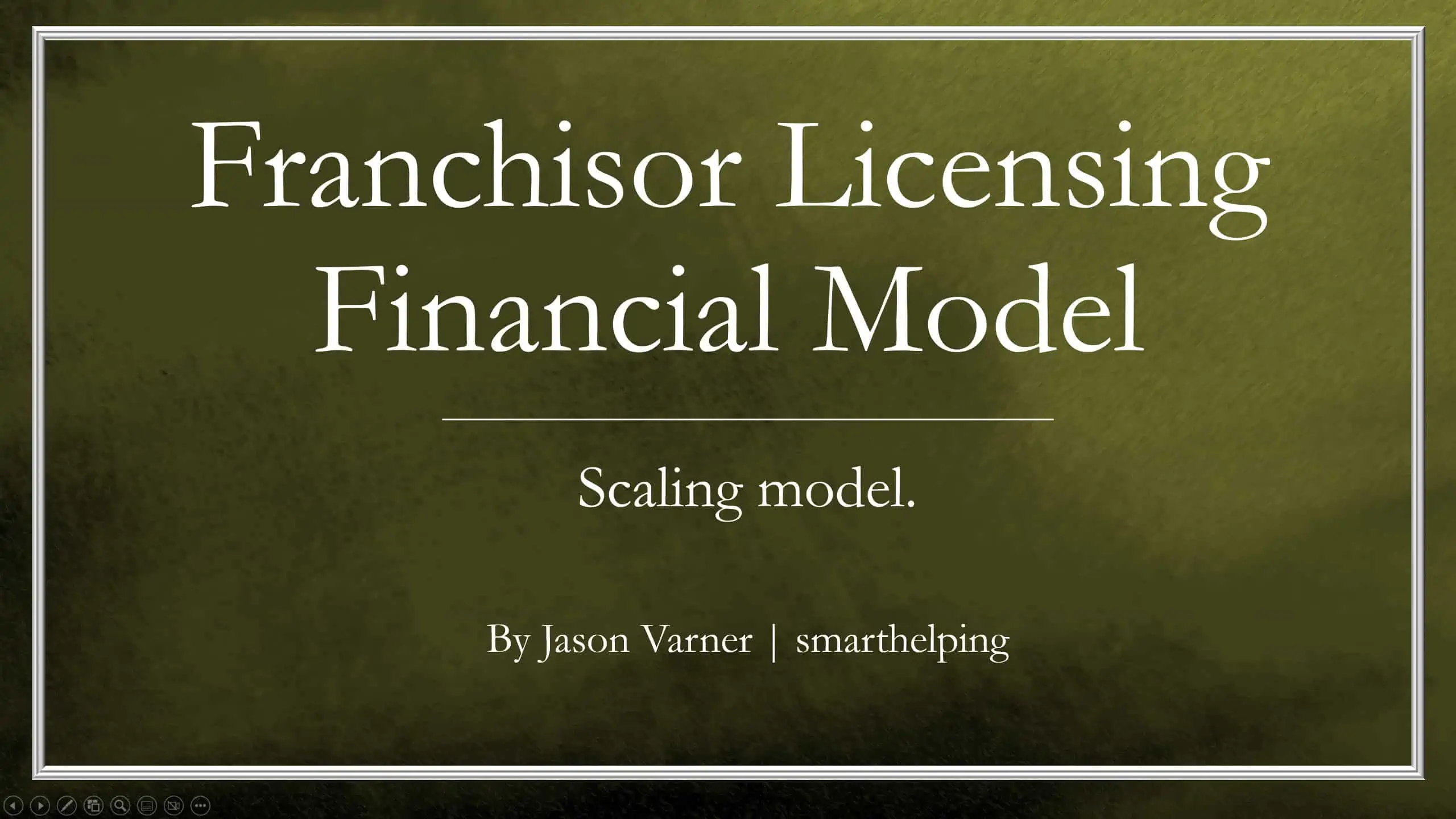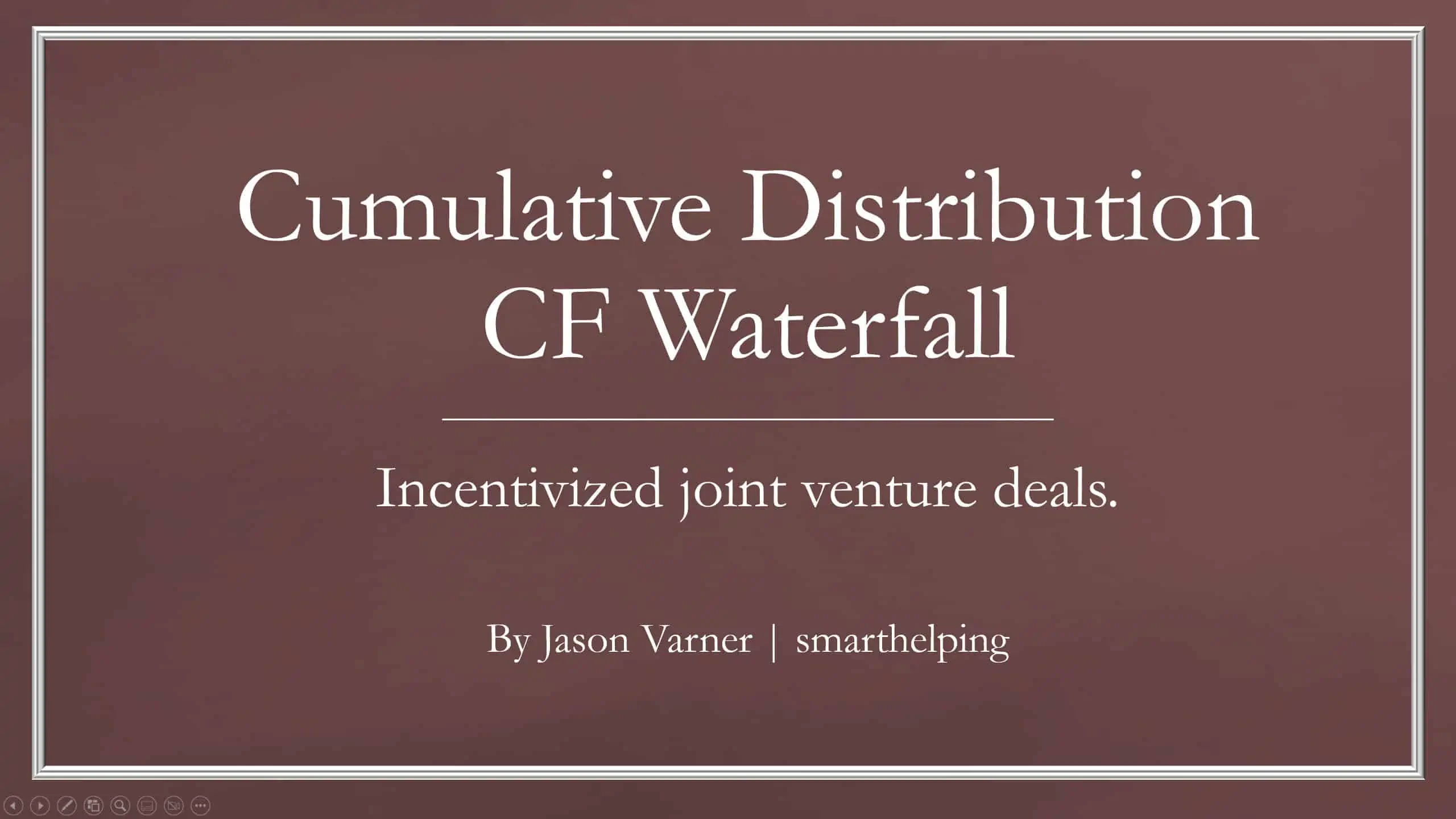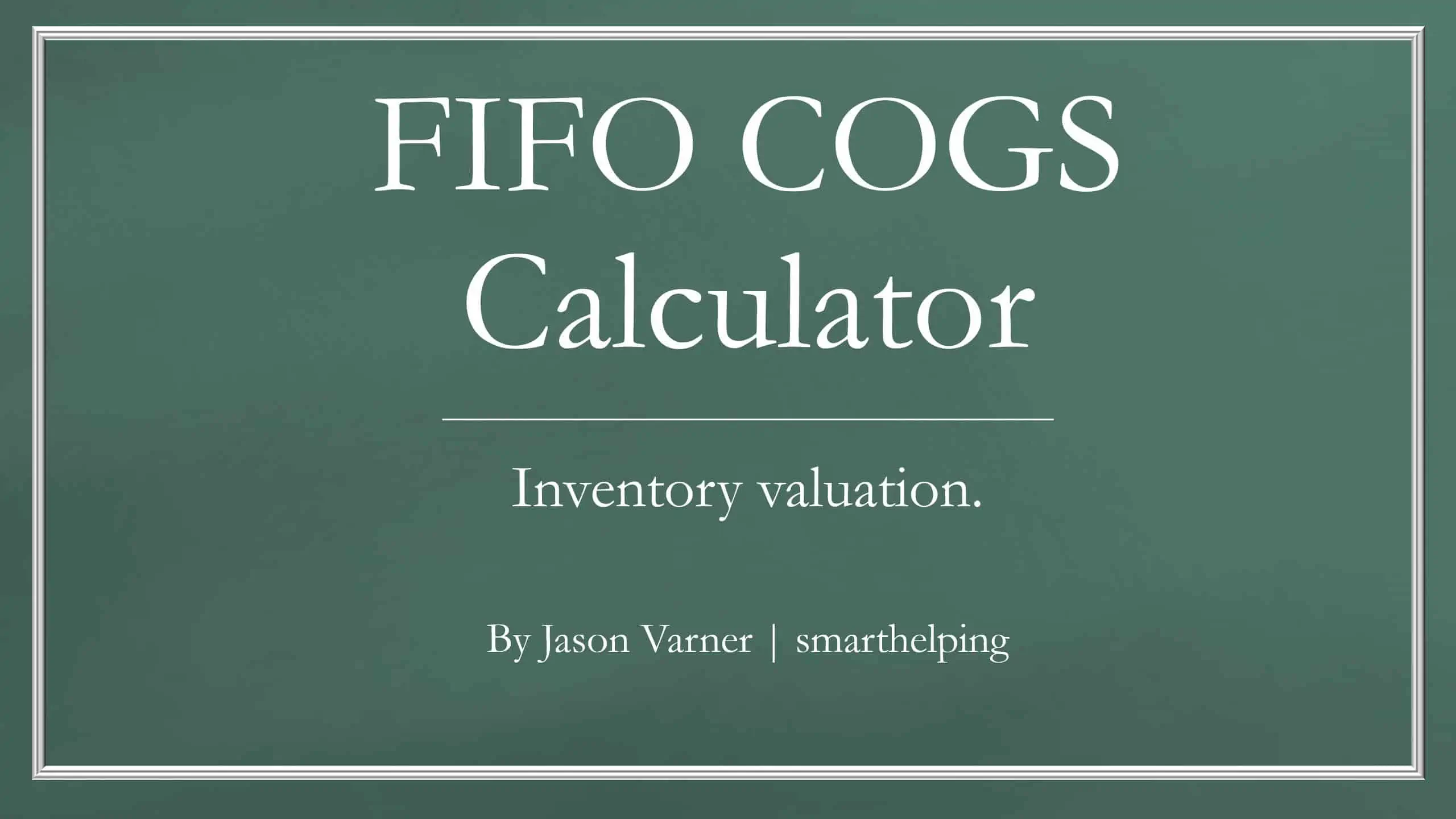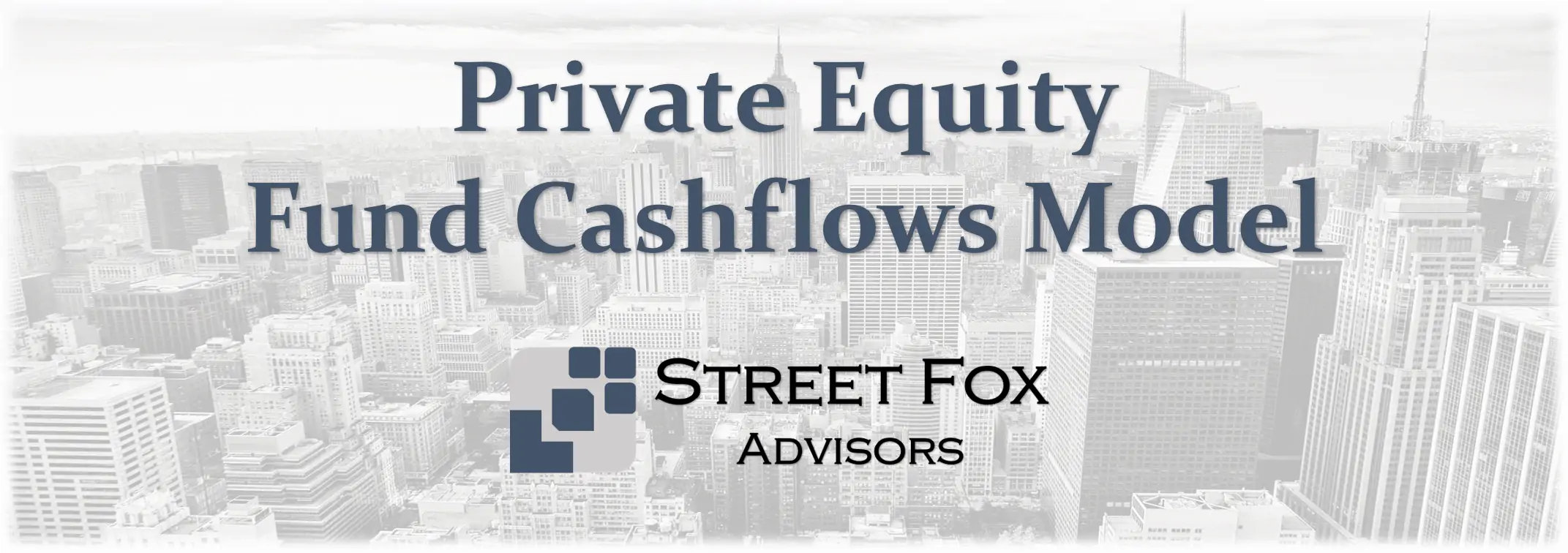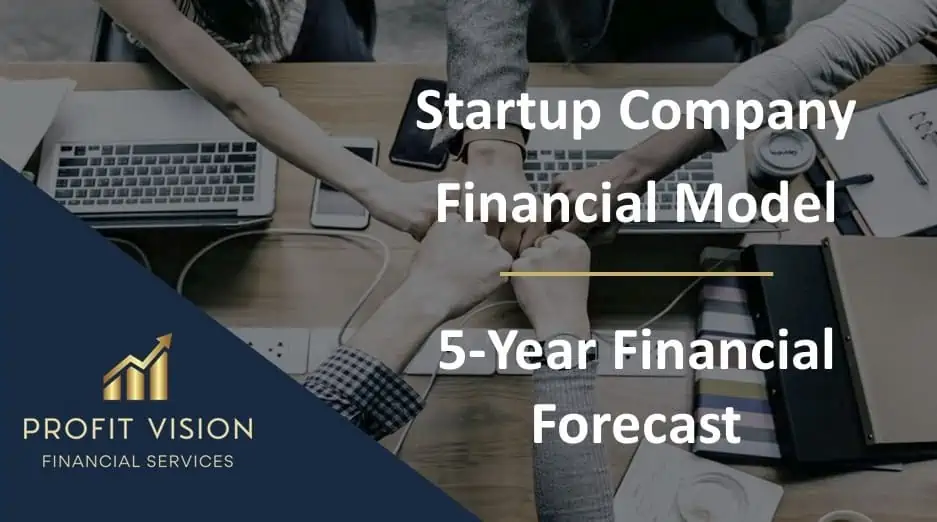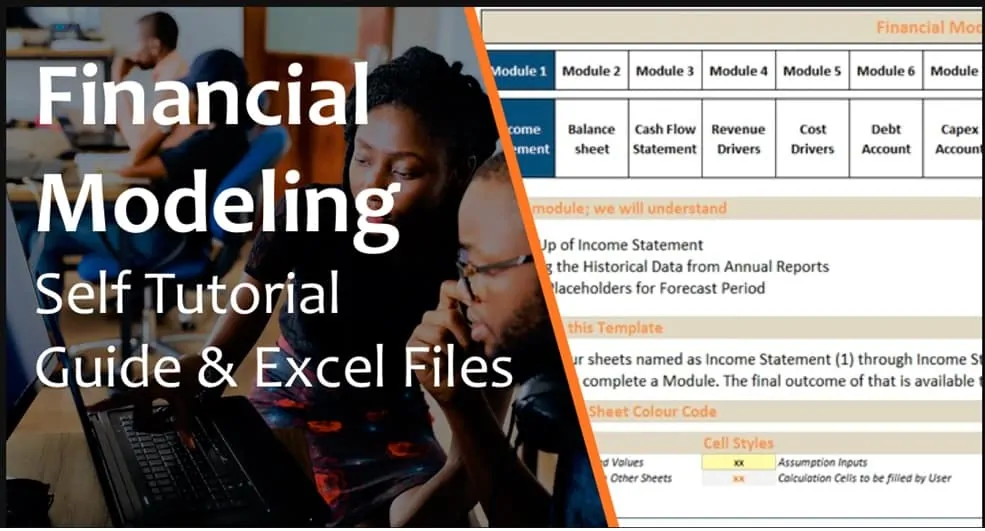Preferred Equity Cash Distribution Model – 2 Hurdles
A 10-year joint venture model to plan out various scenarios for the way cash is shared between a GP and LP. Includes IRR and DCF analysis for each party.

Video Tutorial:
This template is designed to work in a way that is very easy to explain. You can use it as long as you know what the annual available cash flows are. From there, the logic goes to work in determining who gets what and when (between the GP and LP).
There are two hurdles, and the cash flows are shared at different rates before and after each hurdle is met. No matter what your assumptions are and how much cash is returned in a given year, the model will automatically split everything accordingly. The user just enters each percentage share for each of the 3 waterfall tiers.
Tier 1: Cash is split at a defined rate until 100% of the LP’s equity is paid back. You could set this at 100%/0% for a ‘hard’ preferred equity build or at some adjusted rate that each party agrees to. This rate will often never be less than 70/30 in favor of the LP. This hurdle is designed to allow the LP to get priority in the share of profits until they make their initial investment back.
Tier 2: This is an equity multiple hurdles that are entered. For example, if you put in 1.80 for this tier, it means all the cash that is available after the first hurdle is complete is split at a new rate. This is usually close to a 50/50 share. Once the equity multiple is achieved, the cash flows to the final tier.
Tier 3: In this tier, the cash is split at a final rate depending on how much is left after making it through the first two hurdles. This rate can be any defined rate the two parties agree on, but in general, this will then be in favor of the GP, i.e. investors (LP) now have achieved a return of a defined multiple, and they are now willing to accept a lower share of profit while the GP can earn more.
I like this style for a distribution waterfall because it is straightforward and easy to explain to any investor. The gist of it simply allows the following ‘story’ to be told: A greater share of profits will go to investors until they get their money back and a defined return. After that, the investor will accept less share of profits. Investors accept this because it gives them quick cash returns and more security / less risk in the near term while still keeping them in the game for some longer-term profits (some may call this a final equity kicker). The GP (owner/operator) likes this because it allows them to capture more of the long-term potential profits while still presenting a risk-friendly option for raising money.
There is a final summary included and in it is:
– IRR for LP and GP (if applicable as sometimes the GP may not be contributing any capital)
– Final equity multiple after all cash flows
– DCF analysis for both the LP and GP, if applicable
Then, I included a visual that shows how the cash flows split each year within a stacked bar chart. This makes it really easy to see how the cash is shared.
Note, the model doesn’t have to go for a full 10 years if you plan on only doing a forecast for something less than that. If you want to extend the amount of years, it is just a matter of dragging all the formulas over and adjusting the references on the IRR and DCF analysis areas on the main summary tab as well as adjusting the references on the visual.
Similar Products
Other customers were also interested in...
All My Financial Models, Spreadsheets, Templates, ...
Lifetime access to all future templates as well! Here is a set of spreadsheets that have some of the... Read more
Joint Venture and Fund Cash Flow Waterfall Templat...
Here are all the spreadsheets I've built that involve cash flow distributions between GP/LP. Include... Read more
Franchisor Licensing: Financial Model with Cap Tab...
Build up to a 10 year financial forecast with assumptions directly related to the startup and operat... Read more
Small Business Playbook (Financial / Tracking Temp...
About the Template Bundle: https://youtu.be/FPj9x-Ahajs These templates were built with the ... Read more
Top 16 Google Sheet Templates
This is a bundle of all the most useful and efficient google sheet templates I have built over the y... Read more
Cumulative LP Distribution Joint Venture Waterfall...
A 6 Tier cash flow waterfall template. Plug in the distributable cash flow (+/-) and set the hurdle ... Read more
Inventory Valuation Using FIFO – Automatical...
Any accountant that needs to comply with IFRS will have to use the FIFO valuation method for calcula... Read more
Private Equity Fund Model (Investor Cashflows)
Private Equity Financial Model to analyze fund cashflows and returns available to Limited Partners (... Read more
Startup Company Financial Model – 5 Year Fin...
Highly-sophisticated and user-friendly financial model for Startup Companies providing a 5-Year adva... Read more
3 Statement Financial Modeling with DCF & Rel...
Financial Modeling Tutorial guides user via step by step approach on how to build financial models w... Read more
You must log in to submit a review.





